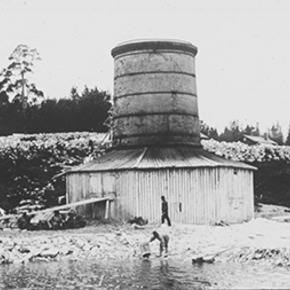
On November 26 1898, the Board of Directors of Pargas Kalks Aktiebolag gathered for their first meeting. A local farmer, Otto Moberg, who had been the pioneer behind the new company, was appointed managing director. Moberg was a man of vision who realised the importance of concentrating and making the existing production of lime in Pargas more efficient. In 1904 he employed Emil Sarlin, an engineer, as expert in the company; Sarlin was later to become the company's managing director for 50 years. The limestone that was quarried in Pargas was burned and sold to paper mills, iron works and pulp factories and in the 1910's a start was made on manufacturing cement. Crushed limestone was used primarily for agricultural purposes.
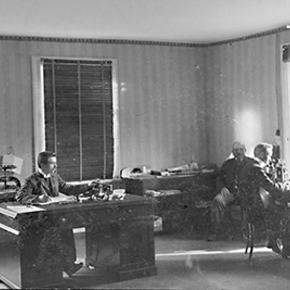
In 1910, Pargas Kalk also began operations in Lappeenranta and built the first shaft kiln. Since the beginning the two towns have formed the core of company's lime operations in Finland.
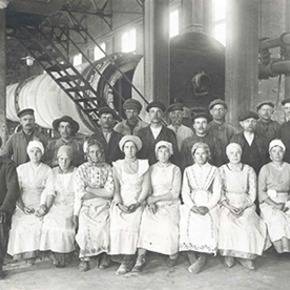
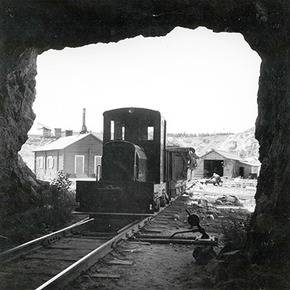
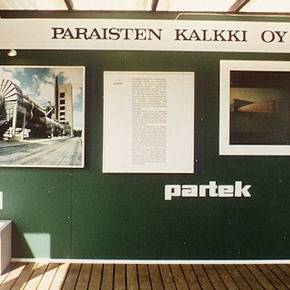
Until the end of the 1960's and even into the 1970's, lime continued to be used as building material, in the pulp industry and as agricultural lime. But when Finland got a modern steel industry the need arose for new kinds of burnt lime. It was then that the development of new products and processes began, a trend that continues even today. In the 1970's, the company also invested heavily in developing competitive agricultural lime, and the quarries in Siikainen and Vampula came into the picture. In 1978, Pargas Kalk changed its name into Partek.
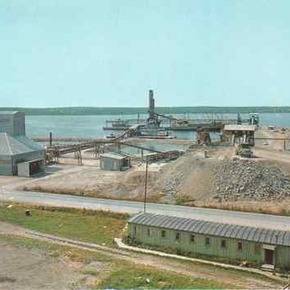
In the early 1980's, two important decisions were taken; each one of these was to play a major role for the future. The largest deposit of limestone in the Nordic countries, Storugns on the Swedish island of Gotland, was incorporated into Partek's operations through the setting up of a joint venture with Euroc Mineral. At the same time another joint venture was started with the Swiss company Plüss-Staufer and Ruskealan Marmori in Finland. In the mid-1980's, Partek's lime operations had grown so strong that Partek made its goal to become the leading producer of limestone-based products in the Nordic region.
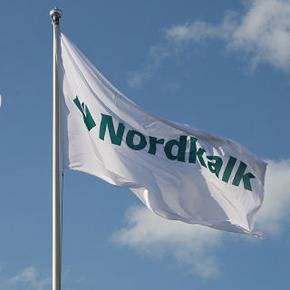
Partek’s lime business was turned into an independent company, Nordkalk Oy Ab, in August 1991. In 1996, Nordkalk acquired Rautaruukki's lime burning operations in Raahe and in 1997 SSAB Tunnplåt in Sweden.
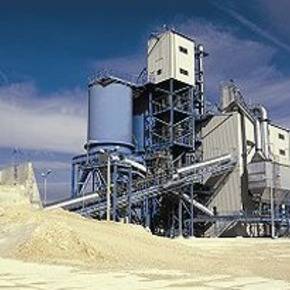
The Baltic countries entered the scene in 1996; in Estonia a limestone quarry and a dolomite quarry were purchased, and in 1998, Nordkalk took over the leading Estonian producer of calcium oxide, Rakke Lubjatehase AS. Nordkalk started its expansion in Poland and opened its first branch office in Gdansk in 1997. The company was named Partek Nordkalk Polska Sp. z o.o. In 1999, a lime plant and a deposit were acquired in Slawno, about 120 km south-east of Warsaw.
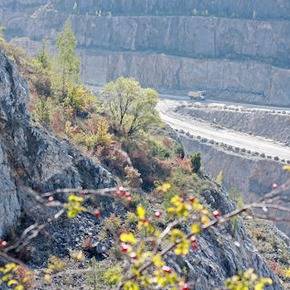
In the new millennium, Nordkalk has continued to strengthen its position on the European market through several investments in Poland. In Szczecin in Northern Poland, a new grinding plant was brought into use in the beginning of the year 2000. Nordkalk acquired a limestone company in Miedzianka, Southern Poland. It included one of the largest limestone deposits in the country. The deposit of Wolica in southern Poland was granted mining rights and a new mill was completed in 2001. On 1 March 2005, all the activities in Poland were merged to the company Nordkalk Sp. z o.o.
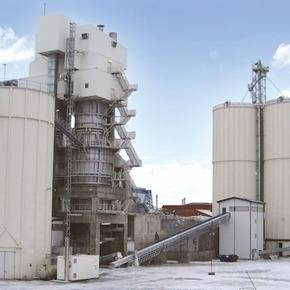
In 2005, Nordkalk acquired the Alekseevka lime factory in St. Petersburg region.* The Norwegian company NorFraKalk AS, which is owned in half by Nordkalk Corporation and Franzefoss Minerals AS started up a lime kiln in Verdal in November 2007. *The Russian operations were divested in 2022.
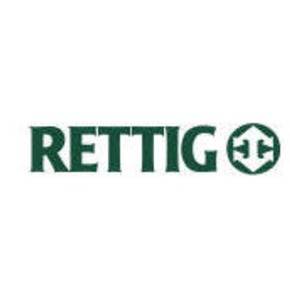
On 19 May 2010, Rettig Group signed a share purchase agreement with the co-owners of Nordkalk. As a consequence, Rettig's ownership in Nordkalk increased from 49% to 100%. Rettig Group had had a small minority stake in Nordkalk since 2003.
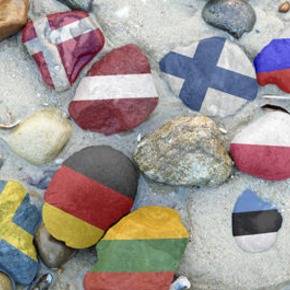
Production of calcium oxide in Lappeenranta ended when the lime kilns were stopped in May 2014. Nordkalk renewed operations model and organisation on 1 April 2015. Three divisions and four corporate level development and support functions were switched to corporate level function-driven responsibilities. The basis for “One Nordkalk” model is unified processes through the whole company with the management team members leading these processes. In 2016, Nordkalk expanded its businesses in Poland. A new granulation plant in Slawno was launched in September 2016.
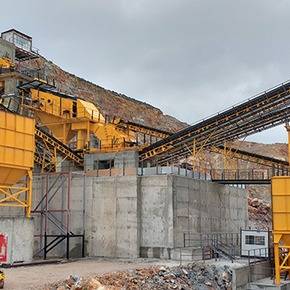
In 2017, Nordkalk expanded its businesse to Eskibalikli, Turkey, together with the local joint venture Nordeka Maden A.Ş. Eskibalikli's limestone quarry is located in the North-West of Turkey. Production capacity was increased in the end of 2018 when a new crushing line was opened.
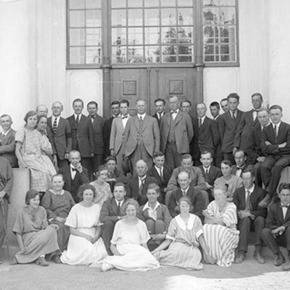
In 2018, we celebrated Nordkalk's 120th anniversary. A farmer and a limestone producer Otto Moberg from Pargas initiated Paraisten Kalkkivuori Osakeyhtiö on 26 of November 1898. Today, the legacy is continued by Nordkalk, which still extracts limestone at Pargas but has operations in ten countries.
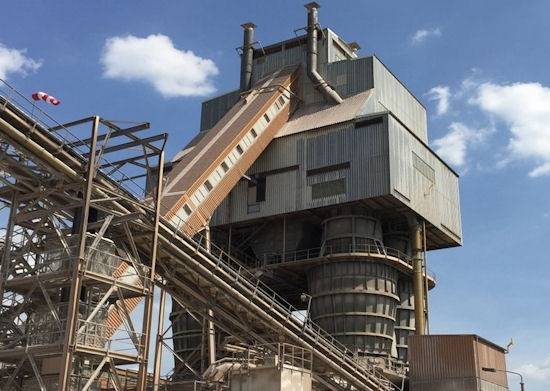
In 2019, Nordkalk started to operate the world's leading steel producer's ArcelorMittal's limekilns in Eisenhüttenstadt, Germany. Co-operation agreement was signed on 14 of March 2019. The agreement creates good prerequisites for Nordkalk to grow in Central Europe. This way Nordkalk can utilise it's wide know-how and readiness in limestone business.
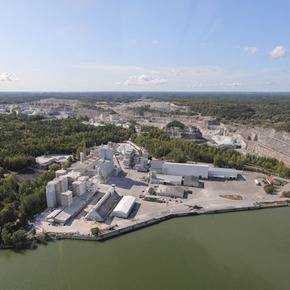
In the beginning of 2019, a transformation programme was initiated. The target was to improve Nordkalk's performance and profitability in the long run. Nordkalk was speeding up its transformation programme by changing its operating model. The new operating model is based on three regions: North Europe, Central Europe and New Businesses. The new operating model was valid from 1 November 2019.
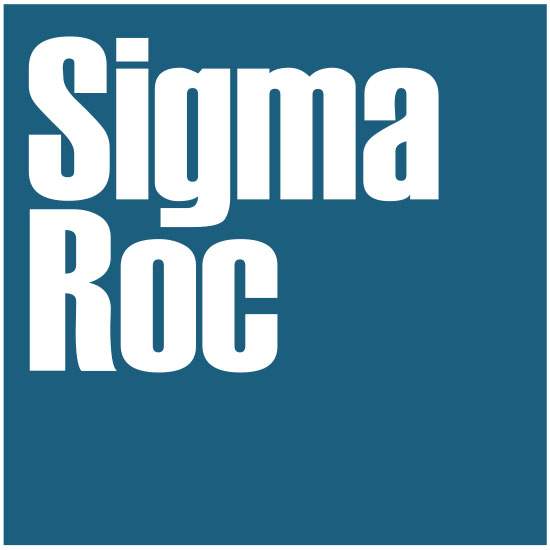
On 31 August 2021, Nordkalk becomes part of SigmaRoc PLC, a UK-based quarried materials group. Nordkalk forms SigmaRoc’s independent Northern European platform. Nordkalk continues serving its customers under the current name, organization and markets.